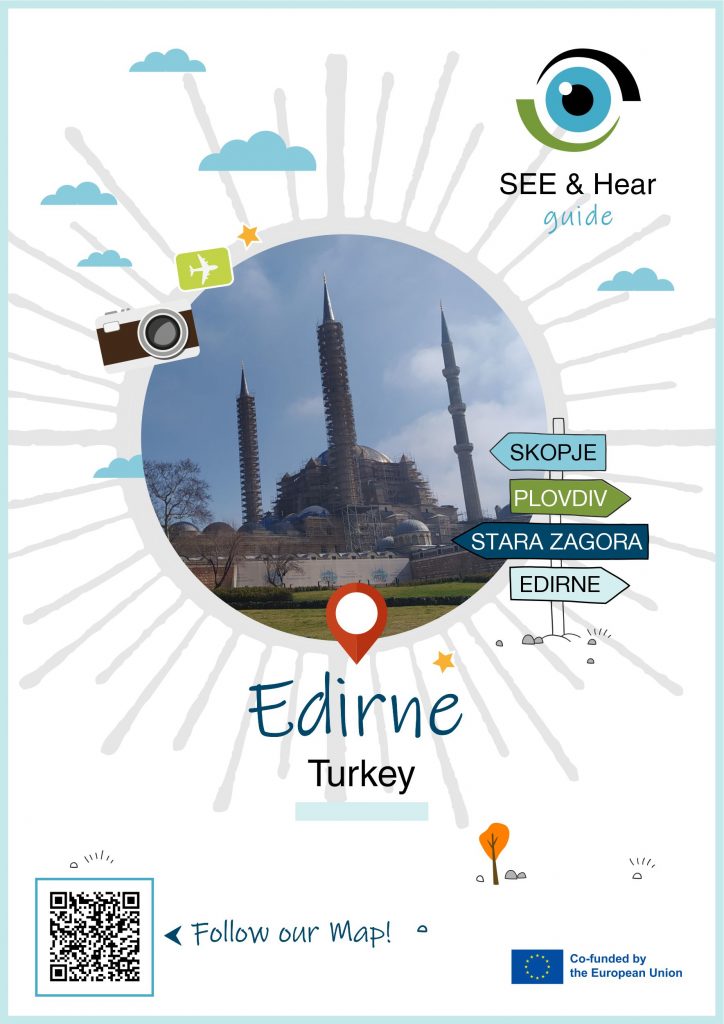
See and Hear – Edirne, the city of many sights
Have you ever heard of Hadrianople? How about Uskuduama? A city, mysterious and known as the Ottoman Empire’s capital city and nowadays famous for its spacious bazaars, mosques and cheese called ‘’peynir’’. That is right! This is no other than Edirne whose history also starts with the Thracian inhabitants. Long after emperor Hadrian’s rule, the city was captured by the Bulgars in the 10th century and was ransacked twice by Crusaders until it fell to the Ottomans in 1362. It then served as the forward base for Ottoman expansion into Europe. It served as the capital of the Ottoman Empire from 1413 until 1458 and flourished as an administrative, commercial, and cultural center.
Confused where to begin from when going to Edirne? Our guide will lead the way: SEE and Hear Guide – Turkey
In Edirne our eyes were laid everywhere as there were so many historical and cultural sights from which we learnt plenty about the city’s identity. We visited the Great Synagogue, Sultan Bayezid’s complex, the Caragac Station and even a Bulgarian church called ‘’Konstantin and Elena’’. And of course, would it even be a visit to Turkey if we don’t visit a typical bazaar. One of our stops was the Ali Pasha bazar which had more than 130 shops, flooded with jewelry, musical instruments, souvenirs and different crafts.
Our project’s main objective is to inform tourists and locals on the known and not so well-known sights in Plovdiv, Edirne, Stara Zagora and Skopje. For Edirne, the participants created a guide of the most interesting sights which they believe represent the city the most. The guides not only distribute accurate and educational material, but they can also be used to help newcomers decide on which sightseeing they wish to visit when coming to the city.
The ”See and Hear” project is funded by the European Union. Views and opinions expressed are however those of the author(s) only and do not necessarily reflect those of the European Union or the European Education and Culture Executive Agency (EACEA). Neither the European Union nor EACEA can be held responsible for them.